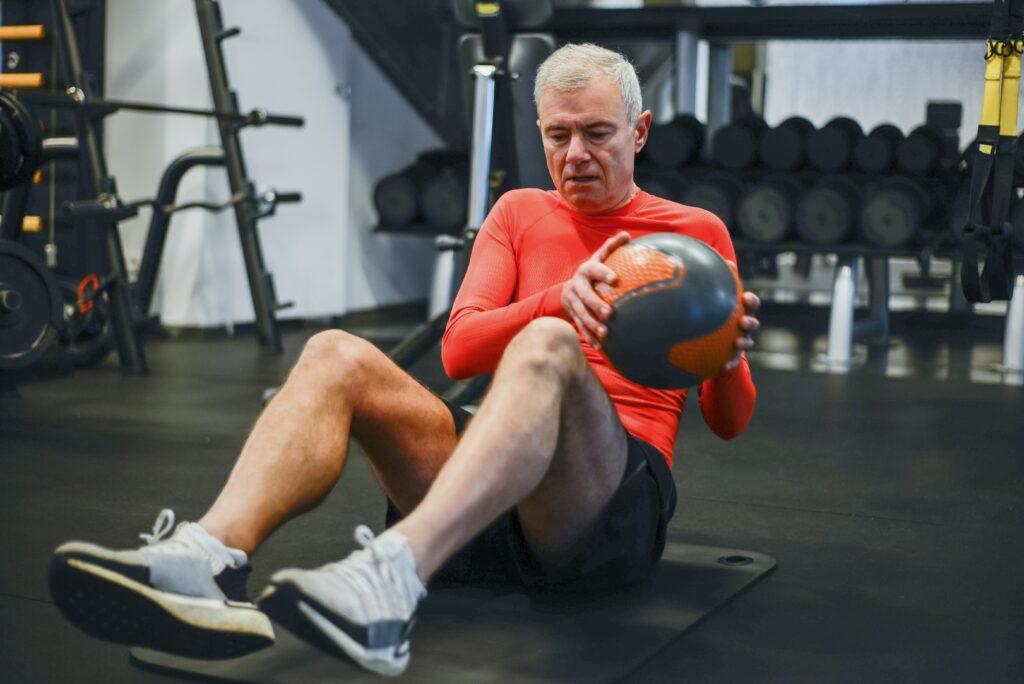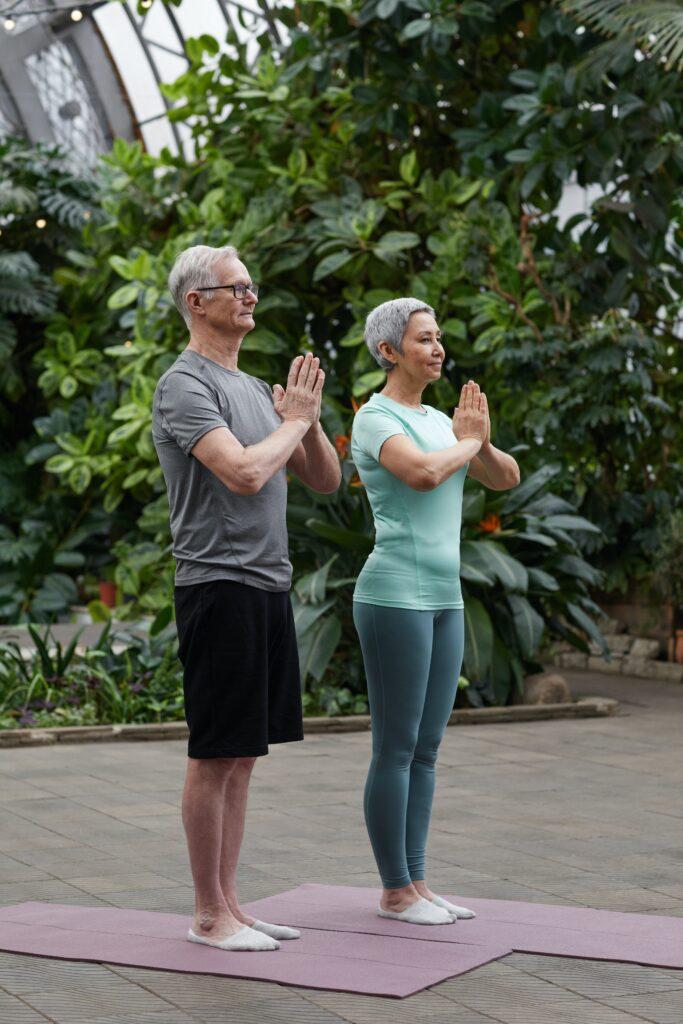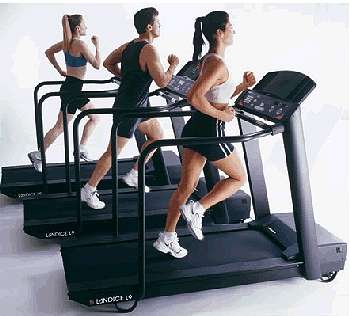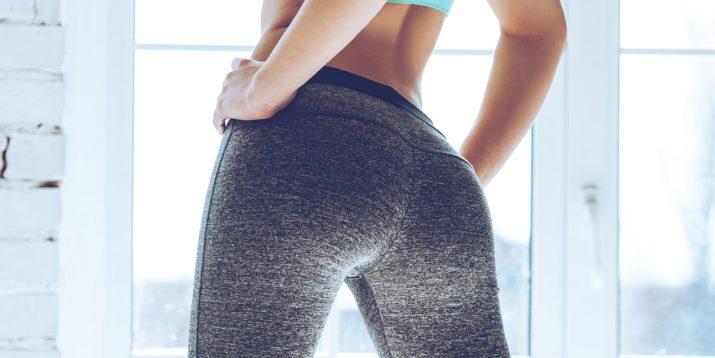Top 3 Types of Exercises Best for Older Adults
Top 3 Types of Exercises for Older Adults

As you grow older, exercise can become more of a tedious task more than anything – with a busy schedule and a seemingly less energized physique. However, the later years actually signal the best time for you to exercise as physical activity done on a regular basis is what is going to help you with the most demanding of everyday tasks. Needless to say, physical fitness and conditioning are what you will need more than ever. Further down the road, you have to be able to live independently and you will be doing yourself a huge favor if you make exercise an integral habit as early as you can. Think about what exercise can do for your mood, balance, and strength because you can expect it to be much better in those areas. Also think about what it can protect you from – depression, heart disease, diabetes, osteoporosis, and some cancers to name a few. You see, muscle loss is common as you age in a process called as sarcopenia.
Sarcopenia is a musculoskeletal condition that is characterized by the process of losing muscle mass. This can start as early as your thirties and has a host of detrimental effects such as imbalance, lack of strength and immobility among other things. However, there are exercises that you can do to reduce the effects of sarcopenia and help keep you strong. Scott Kaiser, M.D., a geriatrician from California, states that there are several ways to improve and preserve your overall muscle strength and mobility. He also added that there are other benefits to being physically active which includes but not limited to overall mental health improvement, reduced risk of disease, manageable weight and so much more. He recommends visiting your doctor to discuss the appropriate exercise regimen so that you will know what the best exercise is for you. But what types of exercises could be the best in your later years in general? Here are some examples of exercises that you can do as an older adult:
-
Resistance Exercises
Older people often focus on endurance exercises such as brisk-walking, stair climbing or dancing. And although those exercises definitely hold a certain value, it cannot address sarcopenia. Chad Walding, a doctor of Physical Therapy, suggests that strength training can greatly benefit a person suffering from sarcopenia. However, you must use the appropriate amount of resistance in your exercise. Using too little will have no effect but using too much will cause injury. A research done in 2003 states that a session done two or three times per week can drastically improve your bone density, improve your sleep, increase metabolism and reduce muscle weakness. It has also been shown to improve weight loss in women suffering from menopause-related weight gain.
However, you can’t just perform strength training right off the bat. You must be eased into it first and learn the proper techniques to avoid injury. Focus your attention on performing the proper form before you apply your workout load. When you start out, use weights that you can handle comfortably and gradually increase the weights as you become stronger throughout each workout.
-
High Impact Exercises
There is a concern among the elderly that participating in high-impact exercises will damage their joint. This notion often leads to them only focusing on low impact activities. However, according to Belinda Beck, Ph.D., who is a researcher at Griffith University at Australia, elderly people who participate in high impact exercises have significant improvements to their joint health. By taking the time to warm up and properly practicing proper form, you’ll be able to protect your joints while doing high-impact exercises. One such exercise is running but other exercises such as jump rope and plyometrics are good too. Beck also adds that it is recommended to participate in these activities at least once or twice a week for the effects to occur. It’s best to do it as often as you can for the best results. Of course, check with your doctor before getting started.
-
Anaerobic Exercise
 There are other things the human body can do besides getting stronger or more agile. It can be more flexible or have better balance. According to Kaiser, strength and agility are important but flexibility, mobility and balance can be just as important.
There are other things the human body can do besides getting stronger or more agile. It can be more flexible or have better balance. According to Kaiser, strength and agility are important but flexibility, mobility and balance can be just as important.
The most common cause of fractures among the elderly are falls due to a lack of balance. The best way to maintain your balance in your later years is by participating in either Pilates, Yoga, or Barre. These three workouts allow you to be more aware of your body’s position in space. This is called proprioception and exercising it can lead to an overall boost in confidence which will help lead to a less likelihood of falls and fractures.







